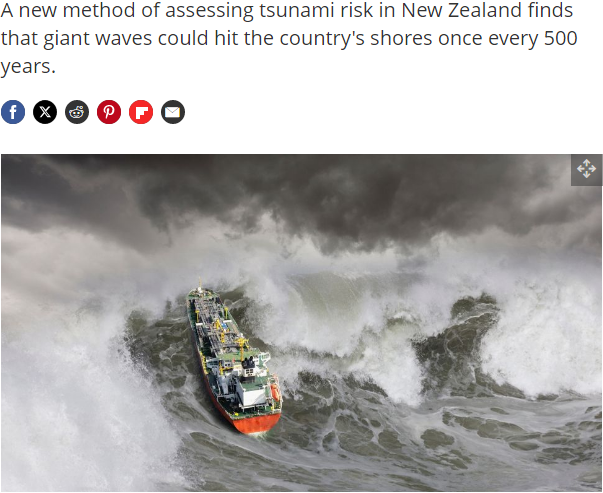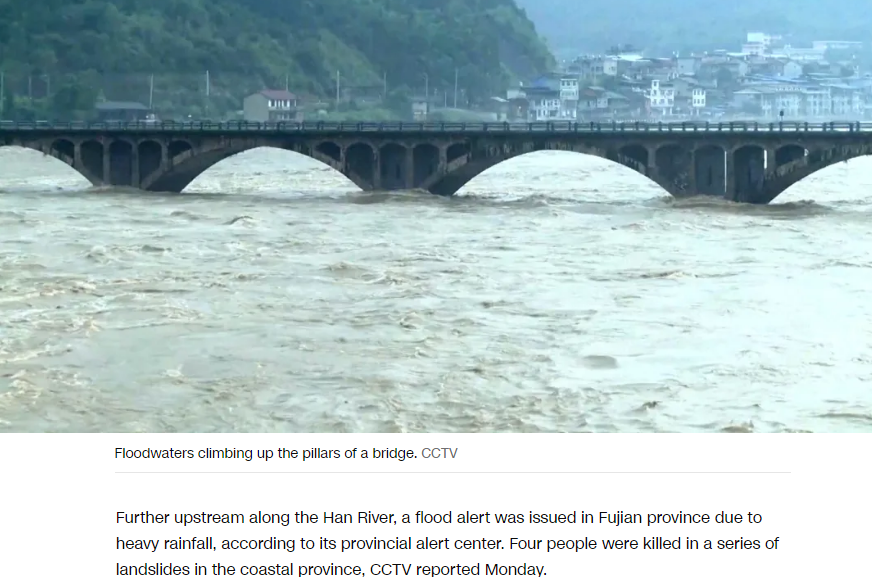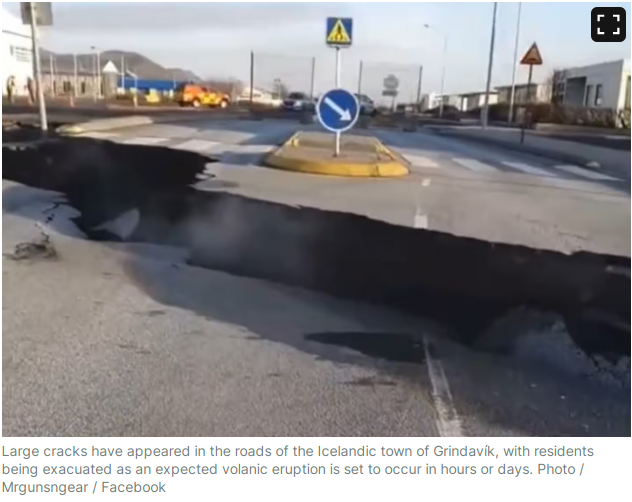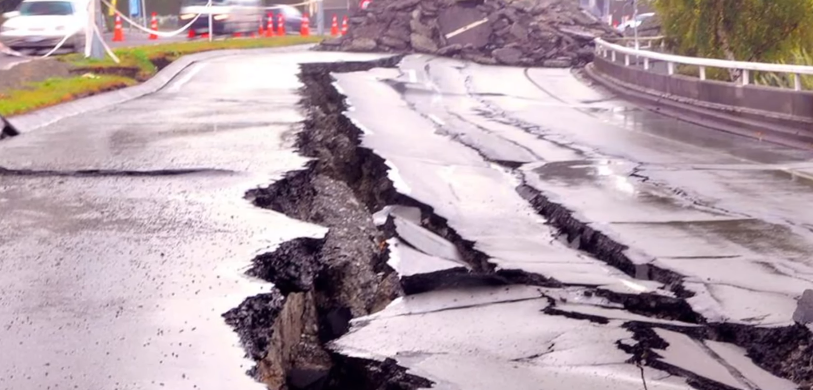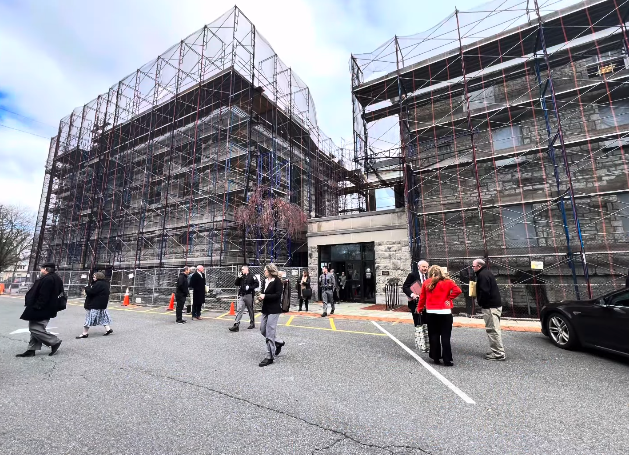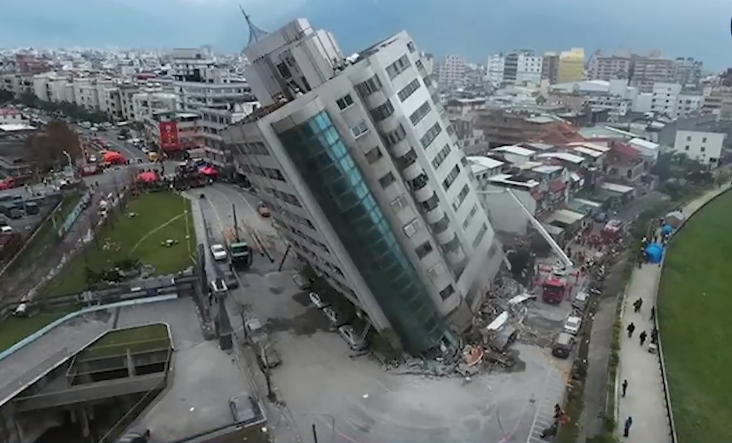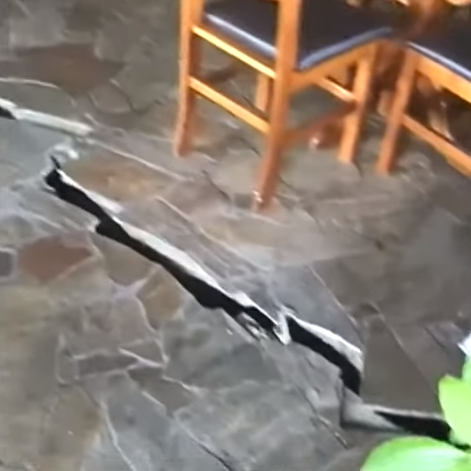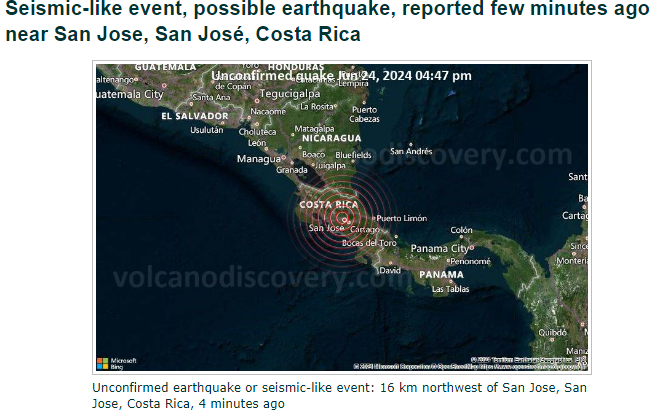Table of Contents
- Introduction
- History of Tornadoes in New Jersey
- Frequency and Severity of Tornadoes in New Jersey
- Staying Prepared for Tornado Season in New Jersey
- Conclusion
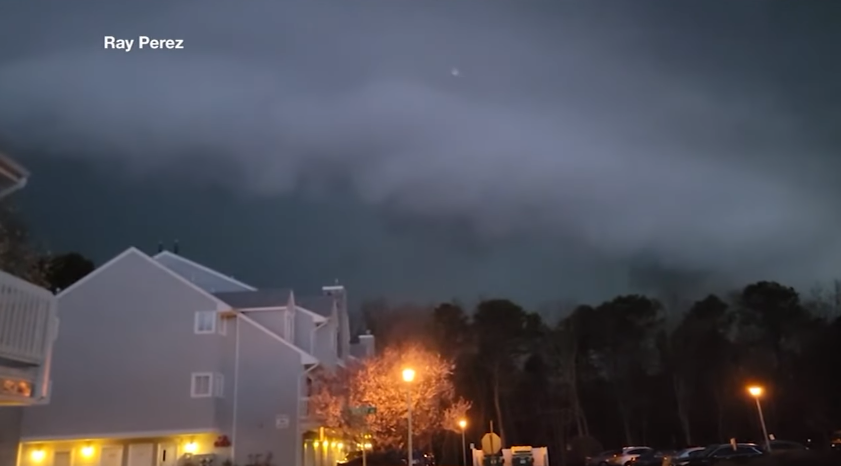
Introduction
Tornadoes are powerful, rotating columns of air that extend from a thunderstorm to the ground. They can cause significant damage and pose a serious threat to public safety. While tornadoes are more common in the southern and central United States, they do occur in New Jersey, albeit less frequently. In this article, we will explore the history, frequency, and severity of tornadoes in New Jersey, as well as provide tips for staying prepared during tornado season.
History of Tornadoes in New Jersey
Tornadoes have occurred in New Jersey since at least the 1800s. According to the National Oceanic and Atmospheric Administration (NOAA), there have been at least 182 confirmed tornadoes in the state since 1950. On average, there are three tornadoes each year in New Jersey. They have occurred in every month but December and January, with the state’s most active year being 1989, with 19 confirmed tornadoes.
Most tornadoes in New Jersey have been weak and short-lived. However, there have been a few significant tornado events in the state’s history. For example, in 1953, a tornado tore through Worcester, Massachusetts, killing almost 100 people and injuring hundreds. In 2021, while getting slammed by the remnants of Hurricane Ida, several houses in Mullica Hill were torn apart by an EF-3 tornado.
Frequency and Severity of Tornadoes in New Jersey
Tornadoes in New Jersey are rare, with the state averaging about two each year. They are typically weak and travel short distances, anywhere from hundreds of yards to several miles. According to David Robinson, professor at Rutgers University and the New Jersey state climatologist, anything over five tornadoes in one year is considered a lot.
The last five years in New Jersey have been quite active for tornadoes, with data from the National Oceanic and Atmospheric Administration logging 18 in 2023, two in 2022, 14 in 2021, four in 2020, and 10 in 2019. However, you cannot discern a trend from a few active years, as the most active period before this was in the late 1980s.
Since 1950, New Jersey has had a total of 203 tornadoes and only one tornado death, in 2003. According to Robinson, there are a few factors to thank for the general weakness of New Jersey’s tornadoes, including the Appalachian Mountains, the Great Lakes, and the Atlantic Ocean, which all “tend to temper the atmospheric conditions that result in numerous and significant tornadoes”.
However, it is important to note that while most tornadoes in New Jersey are small and not on the ground for long, they can still cause damage. Robinson stressed that “most tornadoes in New Jersey are small, they’re not on the ground for all that long. But they do damage, don’t get me wrong”.
Staying Prepared for Tornado Season in New Jersey
While tornadoes can occur at any time throughout the year, the season generally runs from March through August. In New Jersey, the season peaks between June and August, sometimes as late as September. As we creep closer to peak time in New Jersey, it is important to stay prepared. When severe wind or weather strikes, keep an eye out for tornado watches and warnings.
A tornado watch means that conditions are favorable for tornadoes to develop, while a tornado warning means that a tornado has been sighted or indicated by weather radar. If a tornado warning is issued, take cover immediately. Seek shelter in a basement or an interior room on the lowest level of a building, away from windows.
It is also important to have a disaster supply kit on hand in case of a tornado or other emergency. This kit should include water, non-perishable food, a first aid kit, flashlight, batteries, a manual can opener, blankets, and important documents.
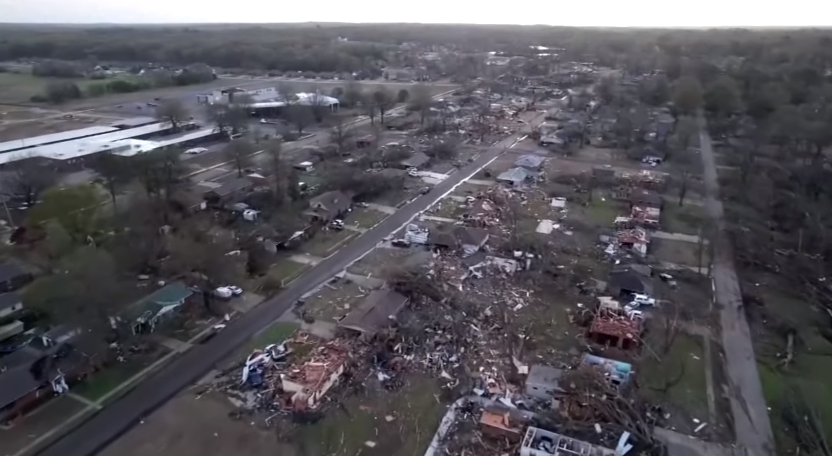
Conclusion
Tornadoes in New Jersey are rare, but they do occur. While most tornadoes in the state are weak and short-lived, they can still cause damage. It is important to stay informed and prepared during tornado season, especially as we approach the peak months of June through August. By staying vigilant and having a disaster supply kit on hand, you can help ensure your safety and the safety of your loved ones in the event of a tornado.

